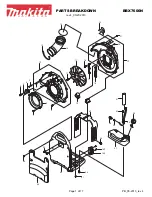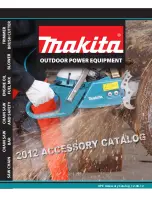
PhotoFet True Bypass Relay v1.0.1
5
Build sequence
Soldering this board can be complicated for some people since the solder pads are very close
together and components must be placed on both sides of the board. Use a magnifying glass to make
the job easier. The trick to soldering a PCB is to work from small to big components. My building
sequence suggestions in this section are based on the parts I used myself. Sometimes some
components are smaller (or bigger) so always use your own common sense and change the order
accordingly. Usually capacitors differ a lot in size depending on their rating.
Note:
Do not blow on your solder in an attempt to cool it down. That will possibly result in a bad join
that might corrode! Watch
(no that’s not me) to learn more.
This PCB is made to fit the relay on both the top-side as well as the bottom side. If you want to make
the build as compact as possible then you should place the relay at the bottom side, this is the
default layout. This way the build PCB will even fit a 1590A enclosure mounted with double sided
tape on top of the SPST momentary switch (
SW1
). In this case you will need to solder jumpers on the
bottom side
like this:
You can also mount the relay on the top-side. For example when you want to place the PCB further
away from the SPST momentary switch. In this case, the polarity is switched and you will need to
solder the jumpers in a different way. As the jumpers need to cross, you will need to solder jumpers
on both the
top- and bottom-side
like this to prevent a short circuit.
Top-side:
Bottom-side:
If you are using isolated wire, you could just solder it top-side and let the wires cross as indicated on
the PCB.































